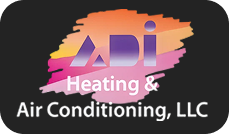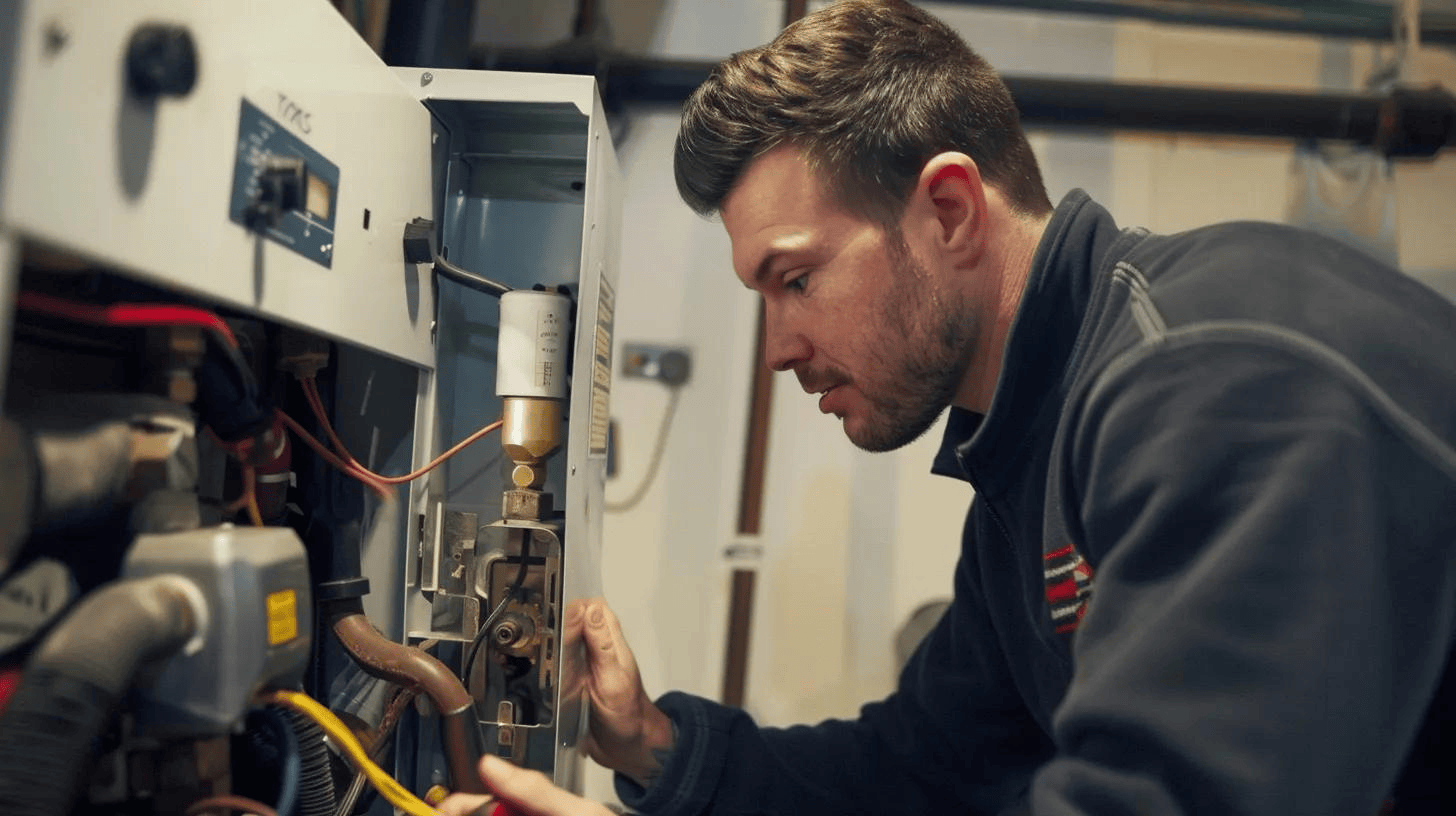IAQ Household Air Quality Testing in Northwest DC, MD
Professional Household Air Quality Testing
Your Northwest DC & MD home's indoor air quality significantly impacts health. Our comprehensive testing identifies hidden pollutants like mold, VOCs, allergens, carbon monoxide, and radon, often indicated by unexplained symptoms or persistent odors. Our meticulous process includes visual inspection, advanced sampling, independent lab analysis, and detailed reporting. Post-testing, we offer tailored solutions such as advanced air filtration, humidity control, ventilation improvements, and ductwork services, ensuring a healthier living space.

Professional Household Air Quality Testing in Northwest DC & MD
The air inside your home can be significantly more polluted than the air outside, yet it's where you and your family spend the majority of your time. These invisible indoor pollutants can impact your health, comfort, and overall well-being. Professional indoor air quality (IAQ) testing is the definitive way to identify hidden threats within your home’s environment, providing the critical data needed to create a healthier living space. We offer comprehensive household air quality testing services for residents throughout Northwest DC and Montgomery County, Maryland, delivering precise results and actionable solutions.
Signs That Your Home Needs an IAQ Test
You may not see poor air quality, but you can often feel its effects. If you or your family members are experiencing persistent issues that seem to improve when you leave the house, it may be time for a professional assessment. Key indicators include:
- Unexplained Health Symptoms: Chronic allergies, new or worsening asthma, persistent headaches, fatigue, sinus congestion, or respiratory irritation can all be linked to airborne contaminants.
- Persistent Odors: Lingering musty or damp smells are often a sign of mold or mildew growth, even if it’s hidden behind walls or in crawlspaces.
- Visible Mold or Moisture: Any visible mold growth or signs of condensation on windows and walls indicate a moisture problem that can degrade air quality.
- Recent Renovations or New Furnishings: New paint, carpeting, furniture, and building materials can release Volatile Organic Compounds (VOCs) into the air for weeks or even months.
- Excessive Dust: An unusual accumulation of dust, despite regular cleaning, can point to issues with your HVAC system’s filtration or ductwork.
What We Test For: Identifying Common Indoor Pollutants
Our comprehensive testing process is designed to detect and measure a wide range of common household pollutants. Understanding what is in your air is the first step toward eliminating it.
- Mold Spores: We test for the presence and concentration of various types of mold spores. Mold thrives in damp environments caused by leaks, high humidity, or poor ventilation. Exposure can trigger allergic reactions, asthma attacks, and other respiratory problems.
- Volatile Organic Compounds (VOCs): VOCs are chemicals emitted as gases from certain solids or liquids. They are found in thousands of household products, including paints, cleaning supplies, disinfectants, air fresheners, and new furniture. High concentrations can cause eye, nose, and throat irritation, headaches, and have more serious long-term health effects.
- Allergens and Particulate Matter (PM2.5): This category includes common irritants like dust mites, pet dander, pollen, and microscopic dust particles (PM2.5) that can be inhaled deep into the lungs. These particulates are a primary cause of indoor allergy symptoms and respiratory distress.
- Carbon Monoxide (CO): A colorless, odorless, and highly toxic gas produced by fuel-burning appliances like furnaces, water heaters, and fireplaces. Our testing helps ensure these appliances are operating safely and not leaking this silent threat into your home.
- Radon: A naturally occurring radioactive gas that can seep into homes from the ground. It is the second leading cause of lung cancer in the United States. Homes in our region, including Montgomery County, can have elevated radon levels, making testing a crucial safety measure.
Our Detailed IAQ Testing Process
We follow a meticulous, multi-step process to ensure you receive the most accurate and useful information about your home's air.
- Initial Consultation and Visual Inspection: The process begins with a thorough discussion about your concerns, any symptoms your family is experiencing, and the history of your home. Our certified technicians will then conduct a detailed visual inspection of your property, looking for potential sources of contamination, moisture intrusion, and ventilation issues.
- Advanced Air and Surface Sampling: Using state-of-the-art equipment, we collect precise samples from your indoor environment. This may involve using calibrated air pumps to capture airborne particles and spores, taking surface swabs from areas of concern, and utilizing direct-read monitors for real-time data on certain pollutants like CO and VOCs.
- Independent Third-Party Laboratory Analysis: To guarantee unbiased and scientifically accurate results, all collected samples are sent to an accredited, independent laboratory. The lab’s expert analysis identifies the specific types and concentrations of pollutants found in your home.
- Comprehensive Reporting and Expert Interpretation: Once the lab results are returned, we compile a detailed, easy-to-understand report. We don’t just hand you a page of numbers; we walk you through the findings, explaining what they mean for your home and your health. This consultation ensures you are fully informed and understand the path forward.
Your Path to a Healthier Home: Solutions After Testing
An IAQ test is not the end of the process; it’s the beginning of the solution. Based on your specific test results, we provide clear recommendations for improving your home’s air. As a full-service HVAC and air quality company, we are equipped to implement the right solutions, including:
- Advanced Air Filtration and Purification: We can recommend and install high-efficiency whole-house air purifiers or HEPA filtration systems that capture microscopic particles, allergens, and germs.
- Humidity Control Systems: If high humidity is promoting mold growth, a whole-house dehumidifier can create a healthier, less hospitable environment for contaminants. In dry winter months, a humidifier can improve comfort and reduce dust.
- Ventilation Improvements: Improving your home’s air exchange with a heat recovery ventilator (HRV) or energy recovery ventilator (ERV) can effectively reduce the concentration of VOCs and other stale indoor pollutants.
- Ductwork Services: Your air ducts can accumulate dust, dander, and other debris. Professional duct inspection and cleaning ensure that clean, conditioned air is distributed throughout your home.






.png)
